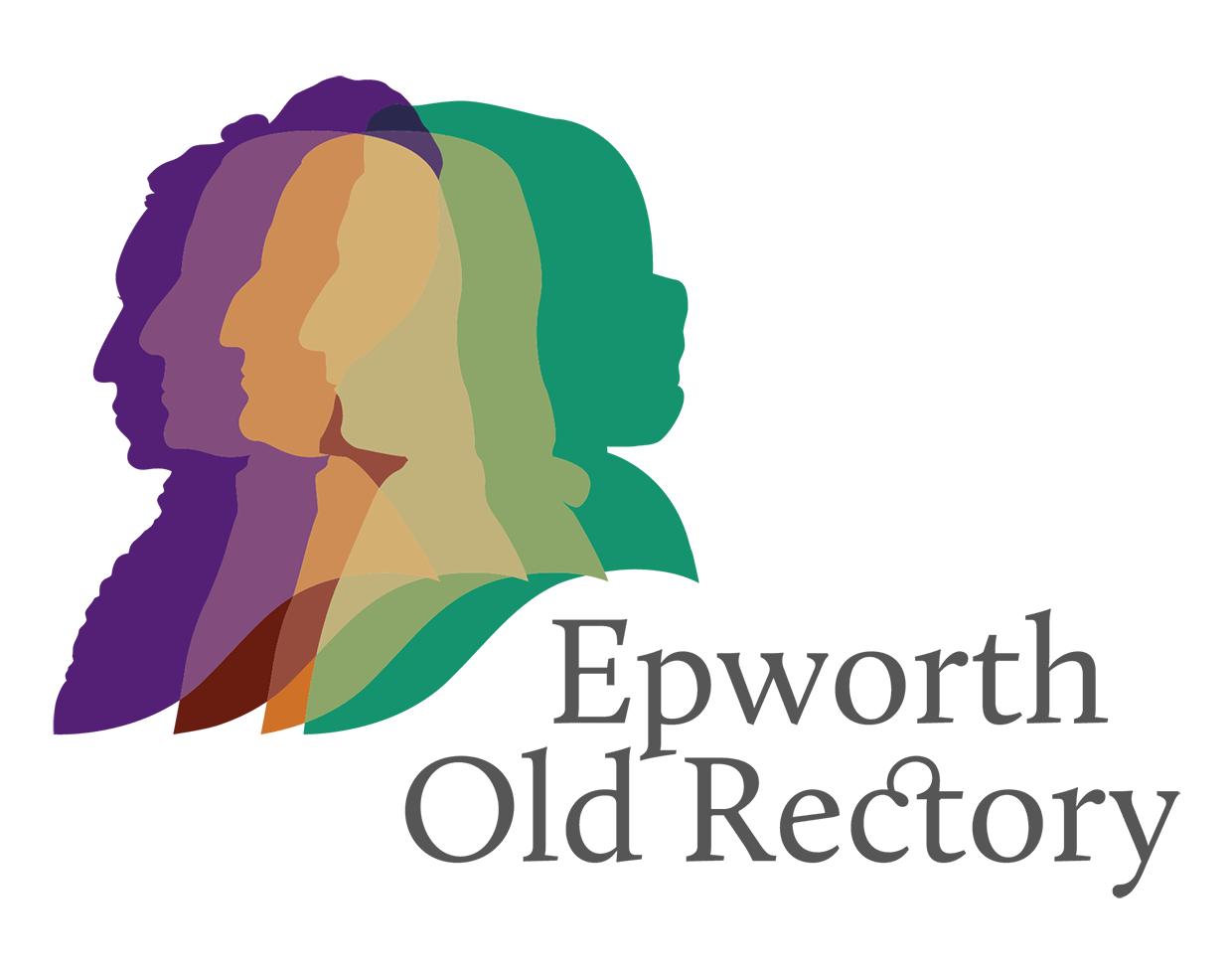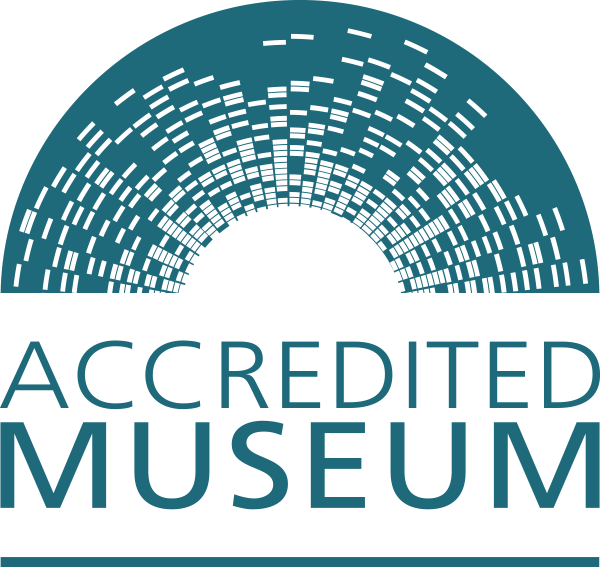Our last day of opening to the general public is Saturday 1st November 2025 and we will open again on Wednesday 1st April 2026. However, we are OPEN for our visiting school parties and are hosting a special Christmas Week (fully booked) for our local Primary Schools at the end of November. We are also welcoming a group of women from the Sanctuary in Scunthorpe for three weeks of traditional crafting, throughout November. In December we are hosting 4 willow weaving workshops to create lovely willow angels on the 2nd,3rd, 10th and 11th December and finally we have our fabulous ‘Hark the Herald Angels’ concert on the 3rd December with Sue Hollingworth and Caroline Clemmow (A very few limited tickets are still available).
We are excited to see the return of our historic coverlet which has recently been in undergoing some important conservation work with Landi Company Textile Conservation Ltd. The quilt was thought to have been made in the early 1800’s by the Bolton sisters, one of whom, Ann, was referred to by John Wesley as ‘sister of my choice’ The work has been supported by a grant from the AIM Pilgrim Trust Collections Care Scheme and we thank them for their help on this project.
Come and visit us from Aldersgate Day – Saturday 24th May and encounter the Wesley family as never before! Using your smart phone you will be able to watch and listen the portraits of Samuel and Susanna Wesley discuss their long and eventful marriage, and see the bust of John Wesley ‘come alive’ in the hallway. Explore the kitchen and you will find John Wesley in there as well, talking about his book A Primitive Physick and some of his ideas on cures and exercise, whilst upstairs you will find Susanna in the best chamber and Samuel, separately this time, in his study. Finally you will discover two newly displayed paintings – a trio of Susanna, John and his brother Charles having a heated discussion in the Master Chamber and then Samuel Junior in the nursery explaining why he did not talk until he was 5-years old.
The whole exhibition has been developed by local family firm Ultimate Image who have been working with us to develop the scripts, voice the family members and, of course, undertake all the technical wizardry that make our paintings come alive.
Look our for our new interpretation boards coming soon in our gardens with beautiful art work by local artist Helen Stark. Helen has created some wonderful paintings of some of the key herbs and medicinal plants that are being planted in our revitalized gardens and these will be used on the new set of interpretation panels that we will have in each bed. Each of our Physick Garden beds will be dedicated to a particular illness or malady and the plants shown will be part of John Wesley’s notions on how they could be cured. Come back for more news on this later and put the first of our update events in your diary for Saturday 28th June 2025
If you are looking for a new experience, want to make some new friends or are just happy to help, then we’d love you to join us as a Volunteer. Whether it’s for a few hours a week or a day here and there, we’ve got room within our shop and admissions team, aswell as stewarding, catering, gardening, guiding and collections care teams. Contact Ami Wagner to discuss how you could help – vcm@epwortholdrectory.org.uk.
Our updated website is now live – featuring brand new content in terms of our Group Visits information, Learning Programme, our events, what’s happening in the garden this year, and lots more. Put your feet up and have a skim through the contents and keep coming back as more is added over the next few weeks.
As part of our ‘Out of the Box: unlocking collections at Epworth Old Rectory’ project, made possible by National Lottery players, we are once again delivering a series of archaeology excavations at the Old Rectory in 2025.
We are running various essions that you can involved with including – children’s sessions, community sessions and more in depth training sessions – check out our events page for further details and to register your interest – and NOW you can book via Eventbrite.
Saturday 2nd and Sunday 3rd August
Saturday 9th and Sunday 10th August
No experience is necessary as we have archaeologists and experienced volunteers on hand to assist. Spaces to take part are limited so please book early to avoid disappointment.
Children must be accompanied by an adult at all times.
If there aren’t any spaces available or you don’t want to take part in the dig we welcome visitors to observe. You’ll be able to watch how a dig takes place and be there if we discover any fascinating finds. Refreshments will be served throughout the day.
Participation in the digs is completely free as part of our project ‘Out of the Box’ funded by The National Lottery Heritage Fund. A huge thanks to National Lottery players who have made this project possible.
Epworth Old Rectory has received a grant from The National Lottery Heritage Fund of £191,160 for an exciting heritage project, ‘Out of the Box: unlocking collections at Epworth Old Rectory’, in Epworth, North Lincolnshire.
Made possible by National Lottery players, the project will see the renovation of old store rooms into a secure and accessible collections store and research space. Work to convert the new store will start winter 2024 and open summer 2025. The new store will better care for and preserve the thousands of unique objects housed at the Old Rectory and enable collections to be shared with everyone.
Supported through the Heritage Fund, the project will also deliver an exciting and varied two year activity programme starting from summer 2024. The programme will take collections ‘out of the box’, to unlock their stories and potential. The activities will share fascinating stories about collections and provide the community of all ages with new opportunities to learn about collections and heritage. There will be something for everyone with archaeology digs, traditional craft workshops and school and reminiscence sessions. Volunteers will also get the chance to learn new collections care skills and how to take part in living history events.
Epworth Old Rectory is a Grade I Listed Queen Anne former vicarage in North Lincolnshire, built in 1709 by Samuel Wesley, whose children, John and Charles, went onto found the Methodist movement within the Church of England. The Rectory, collections and displays tell fascinating stories of the Wesley Family, the building and local area, offering a glimpse into what eighteenth century life was like for a large family of 19 children!
The collection includes 18th century furniture, pewter, silver, paintings and prints, personal/family items, letters, a library and an archive. The house is set in three acres of land and has a small front garden, an orchard, a domestic kitchen garden and a Physic Garden, commemorating John Wesley’s interest in practical medicine.

The Best Chamber at Epworth Old Rectory
Sarah Friswell, Chair of Trustees at Epworth Old Rectory ‘We are delighted to have received this generous support from the Heritage Fund, made possible by National Lottery players. The creation of a new store and resources room together with an exciting programme of events will enable us to showcase our fascinating Collection to a much wider audience.’
Notes to editors
About Epworth Old Rectory
Epworth Old Rectory (EOR) was, from 1695 to 1745, the family home of Samuel and Susanna Wesley and their 19 children (10 of whom survived into adulthood including John and Charles Wesley, founders of Methodism).
The current house, a Queen Anne Grade 1 Listed building, stands on the footprint of the earlier rectory which burnt to the ground in 1709. The building continued to be used by the Church of England as a rectory for St Andrew’s parish until 1954 when it was bought by funds raised by the World Methodist Council.
In 1957 it was opened to the general public as a (now accredited) museum dedicated to the life and times of John and Charles Wesley and in particular the influence on them by their parents, Samuel and Susanna Wesley. It is open to the public 4 days a week from April to October, welcoming visitors from all over the world for guided tours and an increasing range of events and workshops.
About The National Lottery Heritage Fund
As the largest dedicated funder of the UK’s heritage, The National Lottery Heritage Fund’s vision is for heritage to be valued, cared for and sustained for everyone, now and in the future as set out in our strategic plan, Heritage 2033.
Over the next ten years, the Heritage Fund aims to invest £3.6billion raised for good causes by National Lottery players to bring about benefits for people, places and the natural environment.
The Heritage Fund helps protect, transform and share the things from the past that people care about, from popular museums and historic places, our natural environment and fragile species, to the languages and cultural traditions that celebrate who we are.
The Heritage Fund is passionate about heritage and committed to driving innovation and collaboration to make a positive difference to people’s lives today, while leaving a lasting legacy for future generations to enjoy.
Follow @HeritageFundUK on Twitter, Facebook and Instagram and use #NationalLotteryHeritageFund www.heritagefund.org.uk.
Further information
For further information, images and interviews please contact Anya Johnson, Visits and Collections Manager at Epworth Old Rectory on 01427 872268 or vcm@epwortholdrectory.org.uk


The 18th century was one of the most fascinating and volatile periods in British history. From the start of the British Empire to the Age of Revolution, it was a time of drastic transformation.
Amid such irrevocable change, what was life actually like for the average 18th-century person?
Our new At Home With the Wesleys 1716 Exhibition unveils compelling stories about 18th-century life. In this article, you’ll learn about some of the exciting themes we explore throughout the exhibition.
This is your opportunity to delve into the weird and wonderful lives of 18th-century people for the first time.
Let’s get started!
18th Century Medicine
Did you know that people during the 18th century made their medicine at home? Most ordinary households couldn’t afford to pay for a doctor or go to the apothecary so they often took medicinal matters into their own hands.
John Wesley, the founder of Methodism, wrote Primitive Physick or An Easy and Natural Method of Curing Most Diseases in 1746. Proper medical treatment wasn’t readily available like it is today. John endeavored to demystify medical knowledge to alleviate suffering within poorer communities. A very socially progressive move for that time!
Primitive Physick contains Wesley’s guide to a healthy lifestyle and 800 herbal remedies to cure various ailments and illnesses.
For example, a recommended cure for baldness was to rub your head with one onion until very red and then cover it in honey. If somebody was suffering from dull eyes, it was thought a few drops of rotten apples would surely do the trick! The “Green Sickness”, which mainly affected young women, included symptoms such as paleness, fainting, and dizziness – what we may now recognise as anemia. The proposed cure involved filing down steel into a fine powder, mix with red candy and consume each morning.
It’s safe to say, we won’t be trying any of these 18th-century cures at home… and neither should you!
Primitive Physick became a bestseller and is still in print today. In fact, the 19th-century medical herbalist John Boot set up his business selling and used Wesley’s book as his source of knowledge. His son, Jesse Boot, followed in his father’s footsteps and established The Boots Company. Who’d have thought the UK’s leading pharmacy-led health and beauty retailer was founded on Primitive Physick?!

Very Superstitious
The 17th and 18th centuries saw the emergence of an Age of Enlightenment where science and rationalism took precedence over superstitious beliefs.
Although magicians, ghosts, and witches were – for the most part – confined to the mythical realms of storybooks, many 18th-century households still took precautions against evil entities.
For instance, rowan loops were discovered at Epworth Old Rectory when the hearth in the Fore Kitchen was restored. Rowan loops were thought to be used as amulets against witchcraft, ghosts, fairies, and the evil eye. A concealed shoe was also found in the same place which was believed to protect the house from evil. Thousands of concealed shoes have been found across the UK in all types of pre-20th-century buildings. There is no evidence that the Wesleys were superstitious but we can guess that someone was worried enough to conceal charms in the fabric of the building!
Whether you’re superstitious or not, many of these “just in case” rituals – from refusing to walk under ladders to crossing your fingers – still ring true today.
“Don’t Let the Bedbugs Bite!”
“Sleep tight, don’t let the bedbugs bite!” is a familiar saying many of us say in jest before bedtime. However, most beds in the 18th century were infested with these prolific creepy crawlies.
18th-century beds were made from wooden frames and ropes to suspend the mattress. The mattress would easily sag so you’d need to regularly tighten the ropes for a comfortable night’s rest – which is how the phrase “sleep tight” came into being! Bedbugs were a common problem for 18th-century people because mattresses were often stuffed with materials like straw or cornhusks which attracted pesky pests.
A manual called the Complete Vermin-Killer, written in 1777 states “These venomous insects are seldom found in Rooms where there are no beds” and recommends using various methods to get rid of the bugs. For example, you could try, “boil a handful of Wormwood and white Hellebore in a proper quantity of Urine, till half of it is evaporated; and wash the joints of your bedsteads with the remainder.”

Where’s the Fire?
Fires were a common occurrence in the 18th century. Most houses were built with wattle, daub, and thatched roofs which were highly flammable. The fire service didn’t exist during that time so it was up to the local community to rally together if a building was ablaze.
A huge fire occurred at Epworth Old Rectory in 1709 and the house that first stood completely burned down. Fortunately, all members of the Wesley family survived but they lost everything. John Wesley was a young boy at the time and was the last to be rescued from the burning building. He appeared in a window where the locals formed a human ladder. John managed to escape just as the thatched roof caved in; an experience that shaped him as a leader because he was saved by God. Recalling that momentous day, John wrote:
“When they brought me into the house where my father was, he cried out, “Come, neighbors, let us kneel down; let us give thanks to God! He has given me all my eight children; let the house go; I am rich enough.’”
The Wesleys rebuilt the Rectory (the building that stands today) although it was considered an extremely modern house for its time. Made from brick, the new Rectory was assembled in a year and boasted an upstairs corridor separating each bedroom. Houses in the Early Modern period before the 18th century didn’t have corridors. Often family members would sleep in the same rooms or you’d have to walk through one bedroom to get to another.
The construction of a corridor allowed each room to be separate from each other which marked an age of privacy – a luxury the Wesleys hadn’t had before!
Come Visit Us at Epworth Old Rectory
Come visit us at Epworth Old Rectory to learn all about the fascinating lives of 18th-century people.
At Home With the Wesleys 1716 Exhibition will be on display from 1st April – 20th October 2023.
And if your inner 18th-century history buff isn’t quite satisfied, we recommend coming along to our special living history day on Saturday 12th August. Meet the Wesleys will be a fun-filled day of costume characters, historical trails, and many more exciting 18th-century-themed activities.
Be sure to visit our events page to find out more.
We look forward to seeing you there!
Image credits:
Image 1: The Hard Working Mother, Jean-Baptiste-Simeon Chardin, 1740. Louvre, Paris.
Image 2: An apothecary sitting in his shop, sorting through materia medica, surrounded by paraphernalia of his profession. Engraving, ca. 1750.







